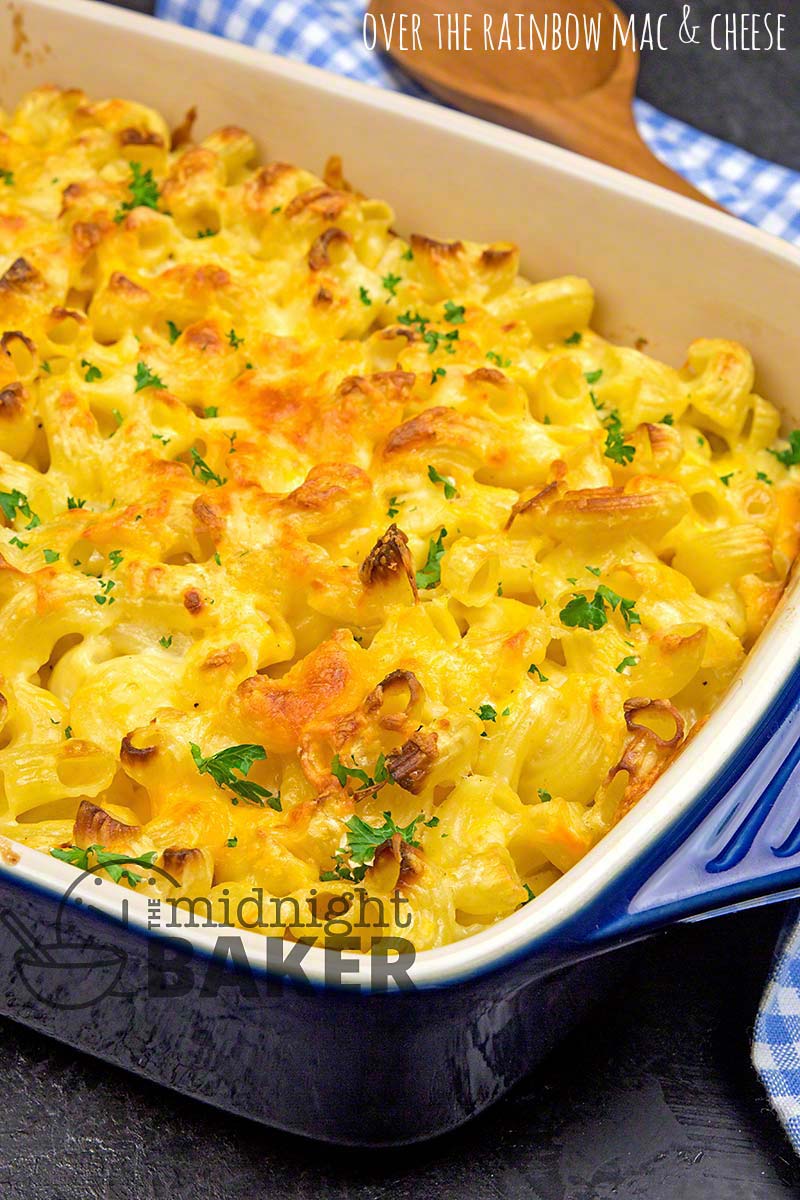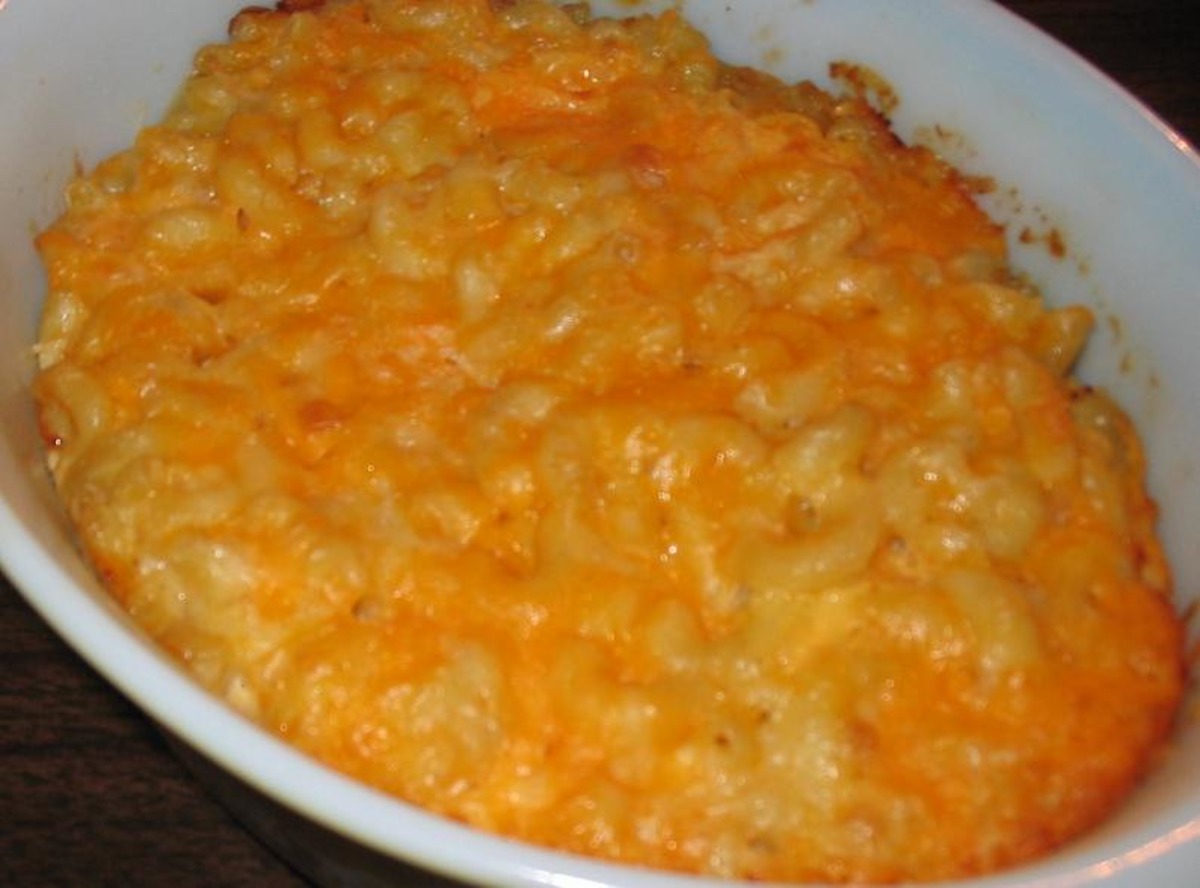Defining "Over the Rainbow" Mac & Cheese
"Over the Rainbow" Mac & Cheese refers to a visually creative rendition of the classic macaroni and cheese, distinguished by its vibrant spectrum of colors. This dish prioritizes aesthetic appeal alongside flavor, transforming a familiar comfort food into an eye-catching culinary experience. The goal is to create distinct, appealing color segments within the single dish.
Achieving Vibrant Colors Naturally
The success of this dish hinges on sourcing effective and palatable colorants. Natural food-based colorants are preferred for maintaining a desirable flavor profile. Consider the following options for your cheese sauce base:
- Red/Pink: Beetroot powder, concentrated tomato paste, or puréed roasted red peppers.
- Orange: Sweet potato purée, carrot purée, or a blend of turmeric and paprika.
- Yellow: Turmeric powder (use judiciously to manage flavor) or puréed yellow bell peppers.
- Green: Spinach powder, finely blended blanched spinach (excess water removed), or basil pesto.
- Blue: Blue spirulina powder. Butterfly pea flower powder can also be used, which turns purple with acidity but can achieve blue tones.
- Purple: Purple sweet potato purée, or butterfly pea flower powder with a touch of acidity (e.g., lemon juice).
Technique: Prepare a master batch of your preferred cheese sauce. Divide this sauce into several smaller bowls, corresponding to the number of colors you wish to create. Gradually whisk the selected natural colorant into each portion until the desired intensity and hue are achieved. It is crucial to taste each colored sauce individually, as some colorants may subtly impact the overall flavor.

Key Ingredients & Color Infusion Process
Pasta Selection: Choose pasta shapes that effectively hold sauce and display color well. Shells (conchiglie), cavatappi, or traditional elbow macaroni are excellent choices.
Cheese Sauce Foundation: A smooth, creamy cheese sauce, typically Béchamel-based (butter, flour, milk), is fundamental. Opt for cheeses that provide good meltability and a relatively neutral color base, such as white cheddar, Monterey Jack, Fontina, or Gruyère. This allows the added colors to appear true.
Color Infusion Steps:
- Cook pasta to al dente, according to package directions. Drain thoroughly and set aside.
- Prepare your base cheese sauce to a smooth consistency.
- Apportion the warm cheese sauce into separate heatproof bowls.
- Incorporate the chosen natural colorants into each bowl, mixing until evenly colored and vibrant.
- Divide the cooked pasta among the differently colored sauces, tossing gently yet thoroughly to ensure even coating.
Assembly & Presentation Strategies
The method of assembly dictates the final visual impact of your "Over the Rainbow" Mac & Cheese:
- Layered Presentation: In a clear baking dish or individual ramekins, carefully spoon each colored macaroni and cheese mixture to create distinct horizontal layers. If baking, this method creates a beautiful cross-section.
- Sectioned Arrangement: Carefully arrange portions of each colored mac & cheese side-by-side in a serving or baking dish to create defined vertical stripes or sections.
- Artistic Swirl: For a more abstract appearance, place dollops of the different colored mac & cheese mixtures into a dish and use a skewer or knife to gently swirl them together. Exercise caution to avoid over-mixing, which can lead to muddled colors.
- Deconstructed Plating: For individual servings, artfully arrange small, separate mounds of each colored mac & cheese on a plate.
Finishing Touches: A light garnish of finely chopped fresh herbs like chives or parsley, or a sprinkle of toasted plain breadcrumbs, can add textural contrast and visual appeal without obscuring the colors.

Professional Tips & Considerations
Flavor Integrity: While visual appeal is key, the flavor must remain balanced and enjoyable. Ensure that the natural colorants used complement the cheese sauce or are neutral enough not to detract from it.
Color Stability: Be aware that some natural colorants can shift in hue when exposed to prolonged heat or changes in pH. It may be beneficial to conduct small test batches if using a less familiar colorant.
Maintaining Color Distinction: The primary challenge is to keep the colors separate and vibrant. Gentle handling during assembly is crucial. If baking, be mindful that excessive bubbling or movement can cause colors to bleed.












